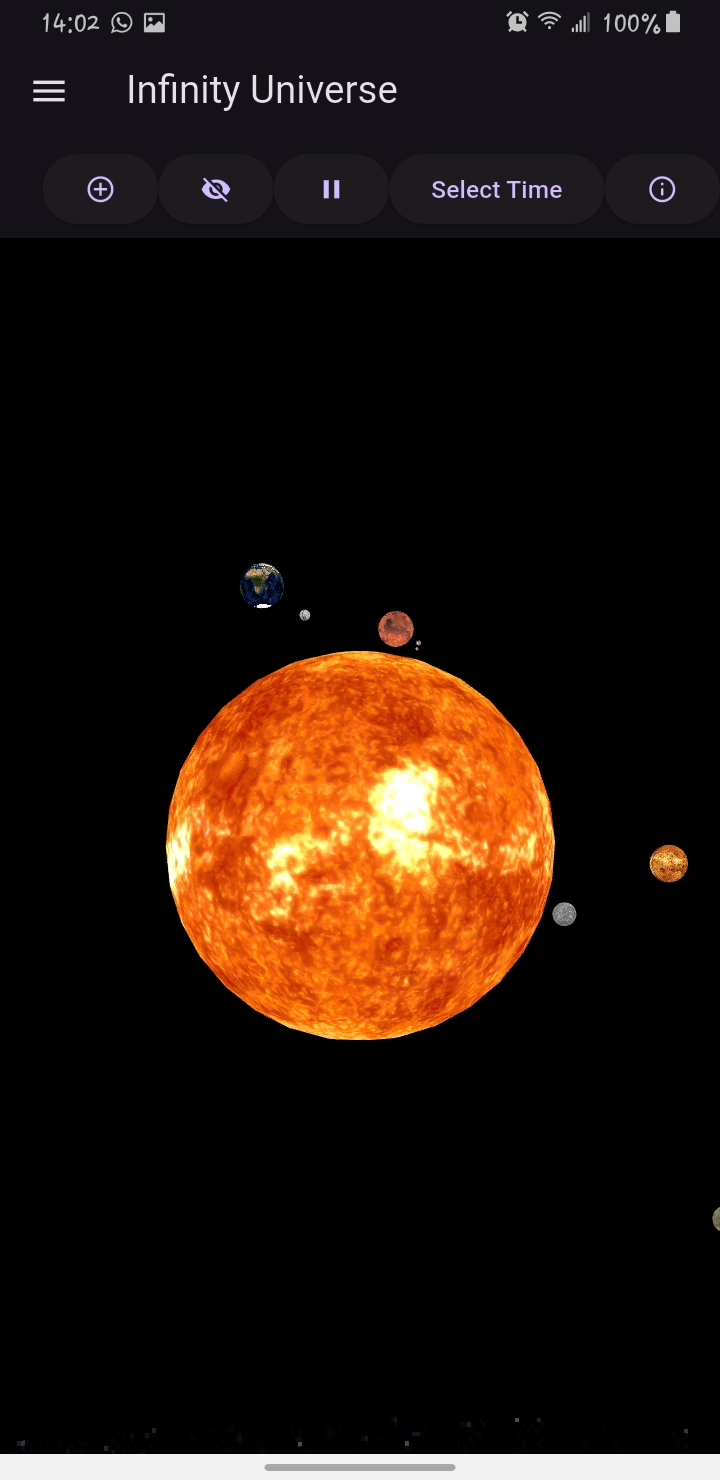
4D+ Space: Where objects have extra spatial dimensions beyond length, width, and depth (e.g., tesseracts in 4D) Visualizing Higher Dimensions with Code: Building a 3D/4D Universe Simulator Introduction Modern software allows us to simulate realities beyond our 3D world. The InfinityUniverse project demonstrates how code can bring higher-dimensional concepts to life by combining 3D celestial mechanics with abstract mathematical dimensions. This article explores how developers can create interactive cosmic simulations that hint at 4D+ spaces while remaining grounded in familiar 3D visualization. From Basic Shapes to Cosmic Structures 1. The Foundation: 3D Primitives Every cosmic simulation begins with fundamental objects: Spheres become planets and stars Cubes form reference frames and dimensional boundaries Lines/curves trace orbital paths through space In our code, these elements combine to create a navigable 3D universe where each object maintains: Spatial coordinates (x,y,z) Rotation properties Hierarchical relationships (moons orbiting planets) 2. Time as the Fourth Dimension The simulation implements time through: Orbital animations that evolve planetary positions User-controlled year selection to jump through cosmic history Pause/resume functionality to freeze the space-time continuum This transforms a static 3D model into a dynamic 4D spacetime representation where celestial mechanics unfold visibly. Simulating Higher-Dimensional Concepts 1. The Dotted Reference Cube The code's dotted cube serves multiple purposes: 3D Coordinate Frame: Helps users orient in virtual space 4D Analogy: Represents a "shadow" of a 4D hypercube's edges Scale Reference: Shows the relative size of cosmic structures 2. Projected Orbital Mechanics Real solar systems exist in 3D space, but our code adds dimensionality through: Multi-axis rotations (inclination, ascending nodes) Nested hierarchies (moons→planets→stars) Parametric orbits that could extend to 4D trajectories Technical Implementation Highlights 1. Dimensional Transforms The code calculates positions using matrix operations that could extend to higher dimensions: Position = [ RotationX(angle) × RotationY(angle) × RotationZ(angle) × OriginalPosition ] This same logic could incorporate W-axis rotations for 4D. 2. Object Hierarchy System The parent-child relationship between objects (moons→planets→sun) demonstrates how higher-dimensional spaces might contain nested 3D "branes" (membranes of reality). Expanding the Simulation Potential 4D+ Enhancements Tesseract Integration Render 4D hypercube cross-sections Animate 4D→3D projections Hypersphere Celestial Bodies Simulate 4D planets with unusual shadow behaviors Alternative Physics Models Implement 4D gravity equations Test Klein bottle orbital paths Why This Matters Education Makes abstract math concepts tangible Demonstrates spacetime relationships visually Research Provides framework for testing physics theories Allows "what-if" cosmic scenarios Future Tech Develops skills for VR/AR spatial computing Advances scientific visualization techniques How to Experiment Yourself Modify the Code Add a fourth position coordinate (w) to objects Implement 4D rotation matrices Visualize Differently Use color to represent the 4th dimension Animate cross-section planes moving through 4D objects Combine with AI Train models to predict 4D object behaviors Generate procedural higher-dimensional worlds Conclusion While we experience only three spatial dimensions, code like InfinityUniverse gives us tools to explore theoretical realities. By building on established 3D graphics techniques and carefully extending the mathematical framework, developers can create gateways to imagining higher dimensions - one vertex at a time. The project remains open for contributions that push these boundaries further, whether through improved physics, novel visualization techniques, or interactive educational features. In the quest to understand the universe's true nature, such digital thought experiments prove invaluable